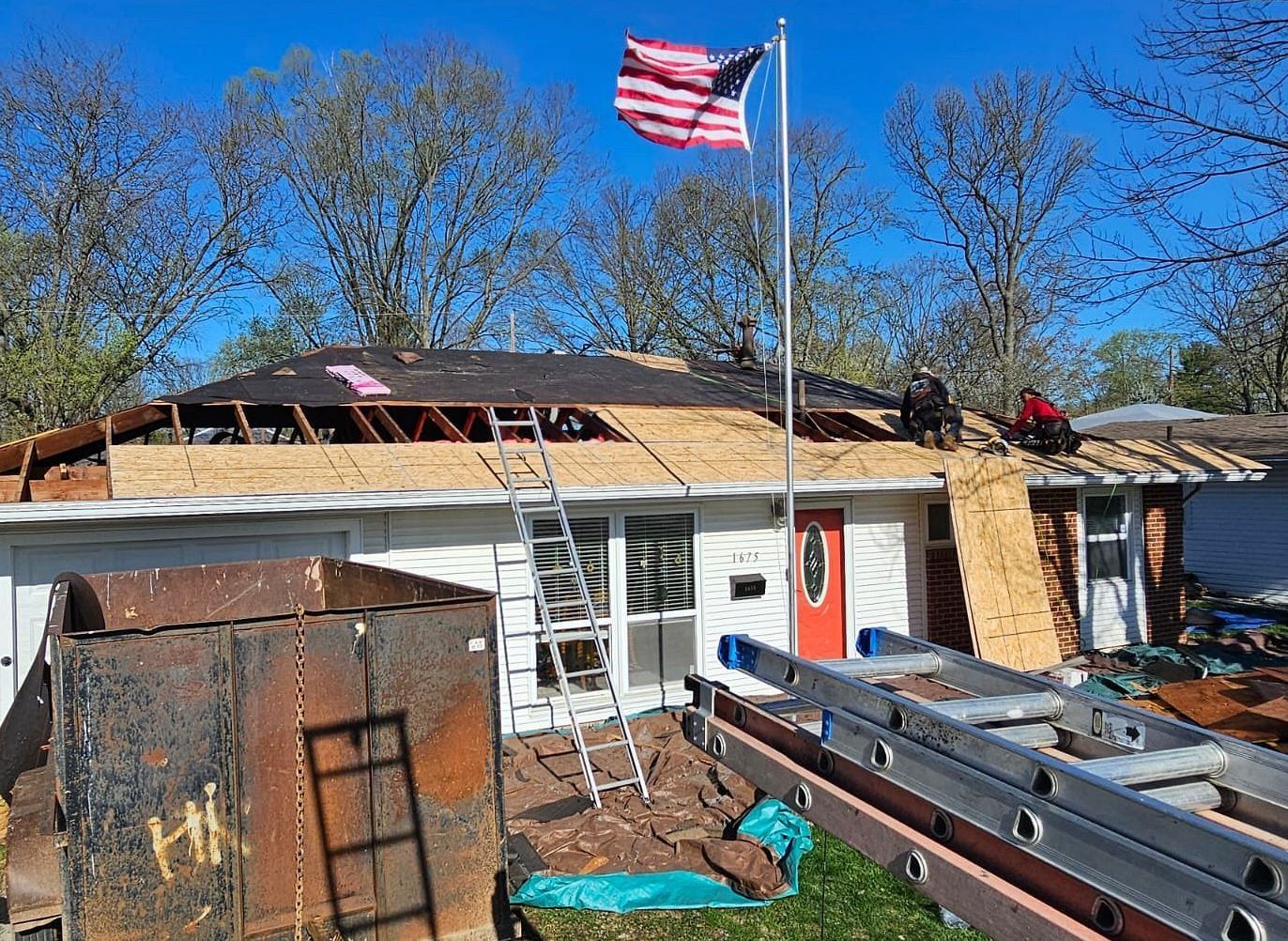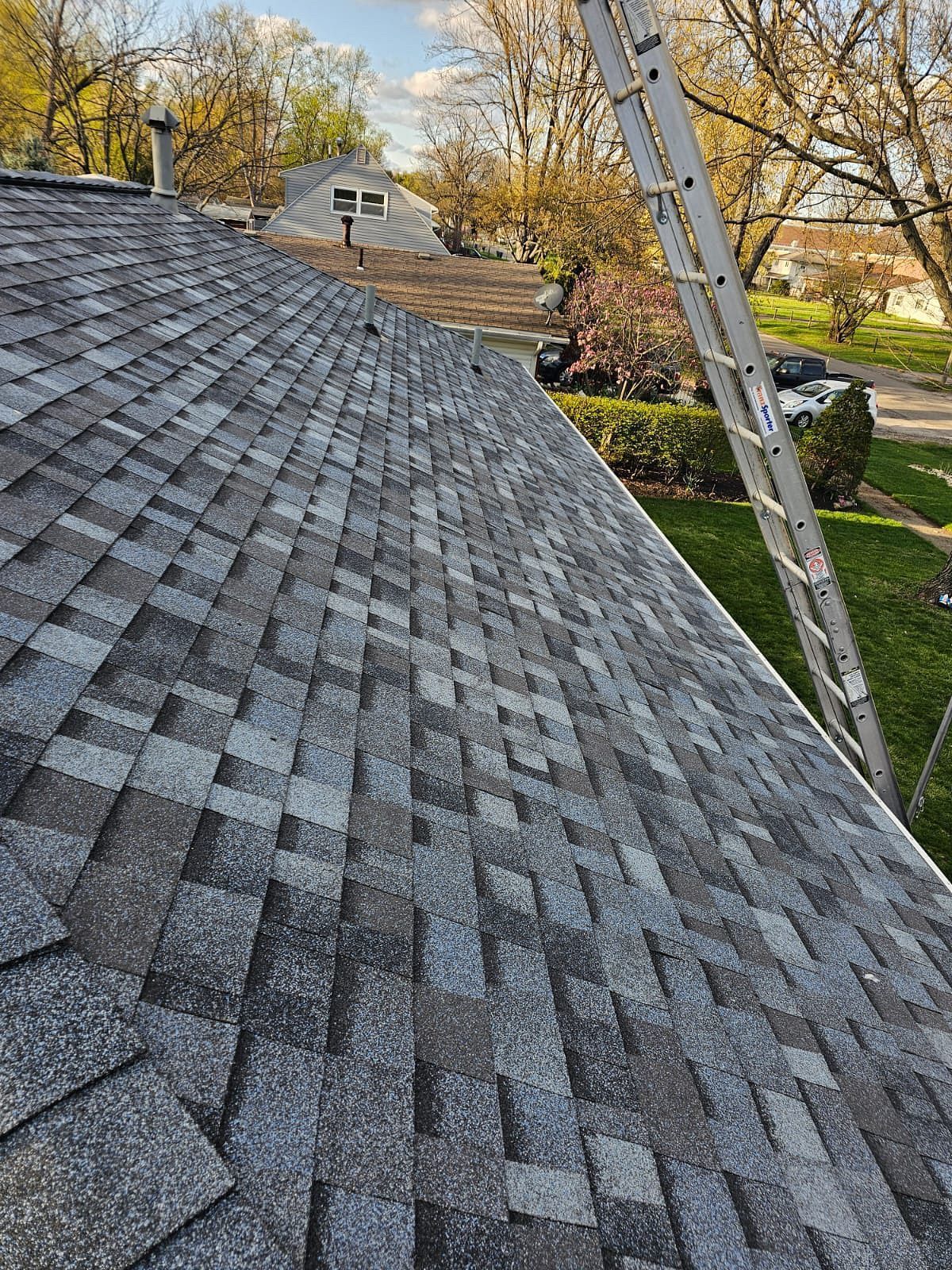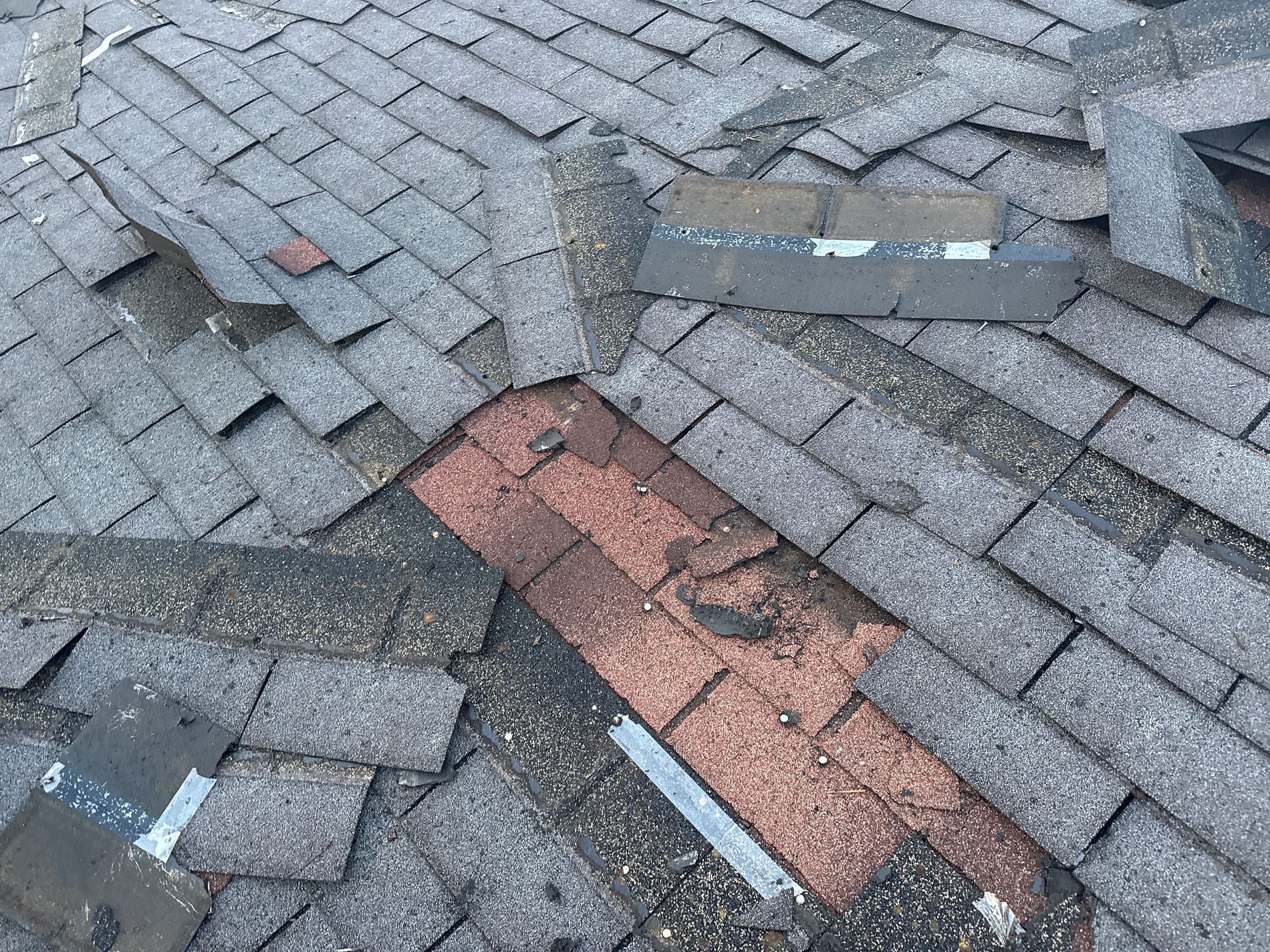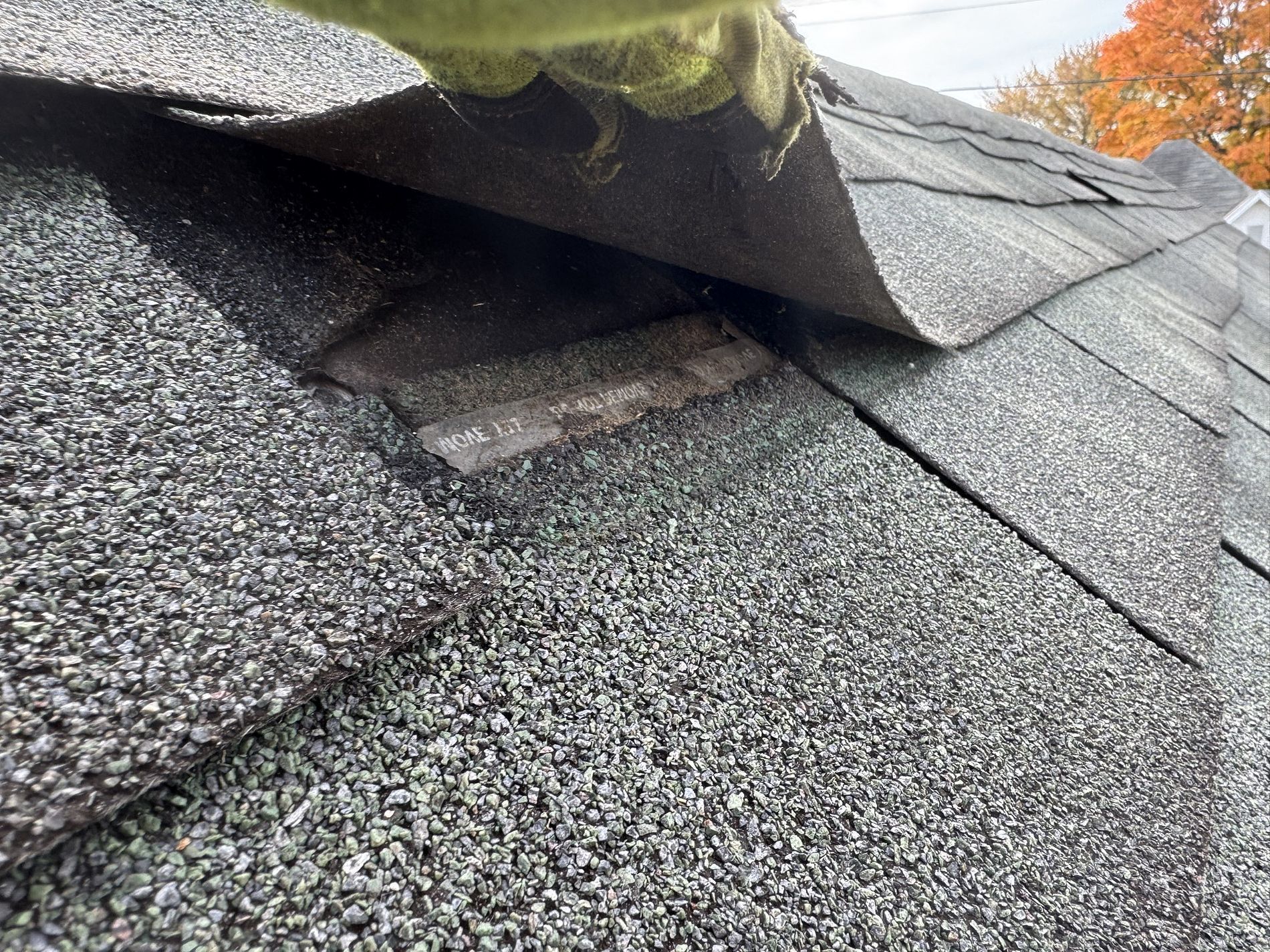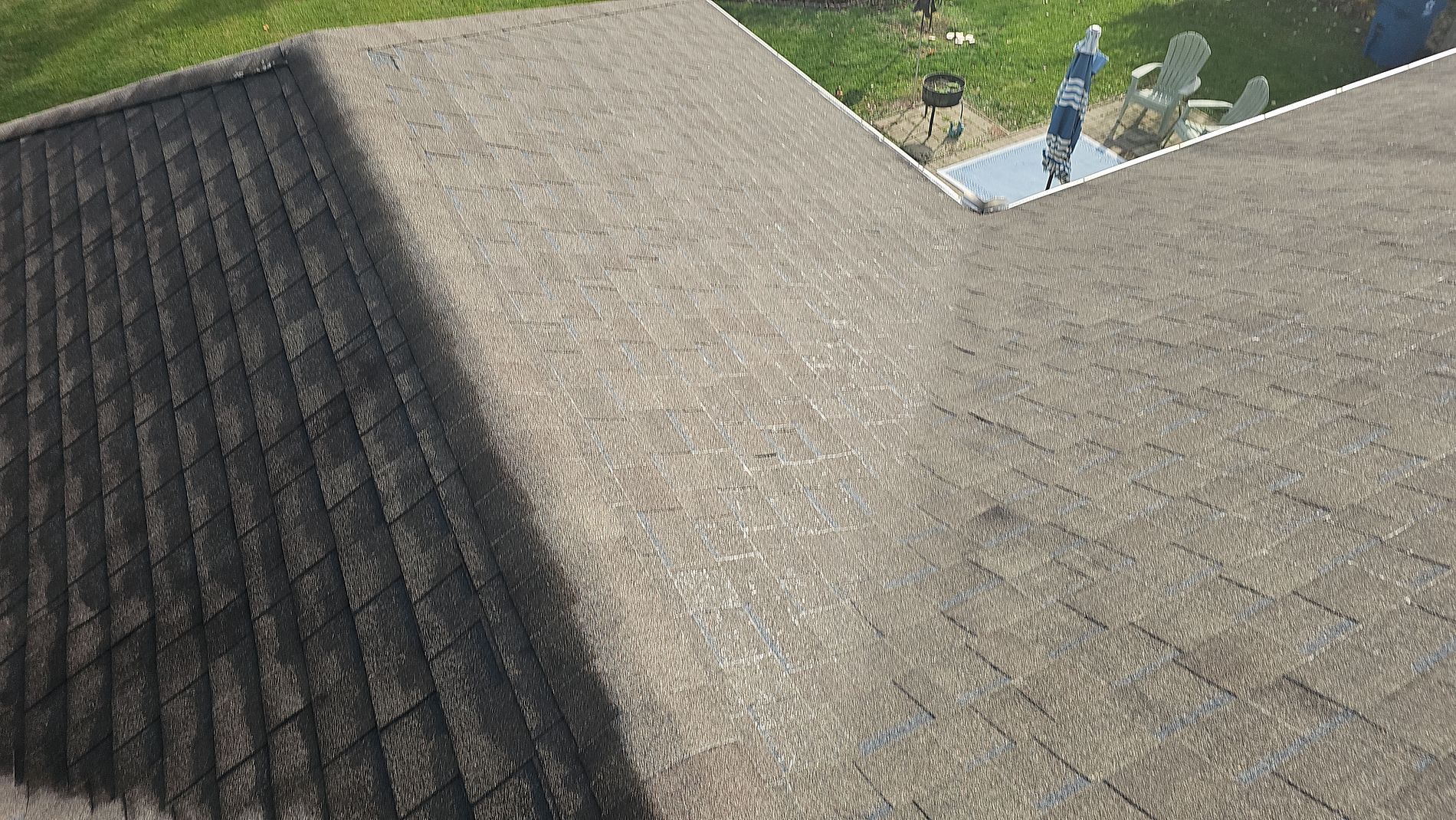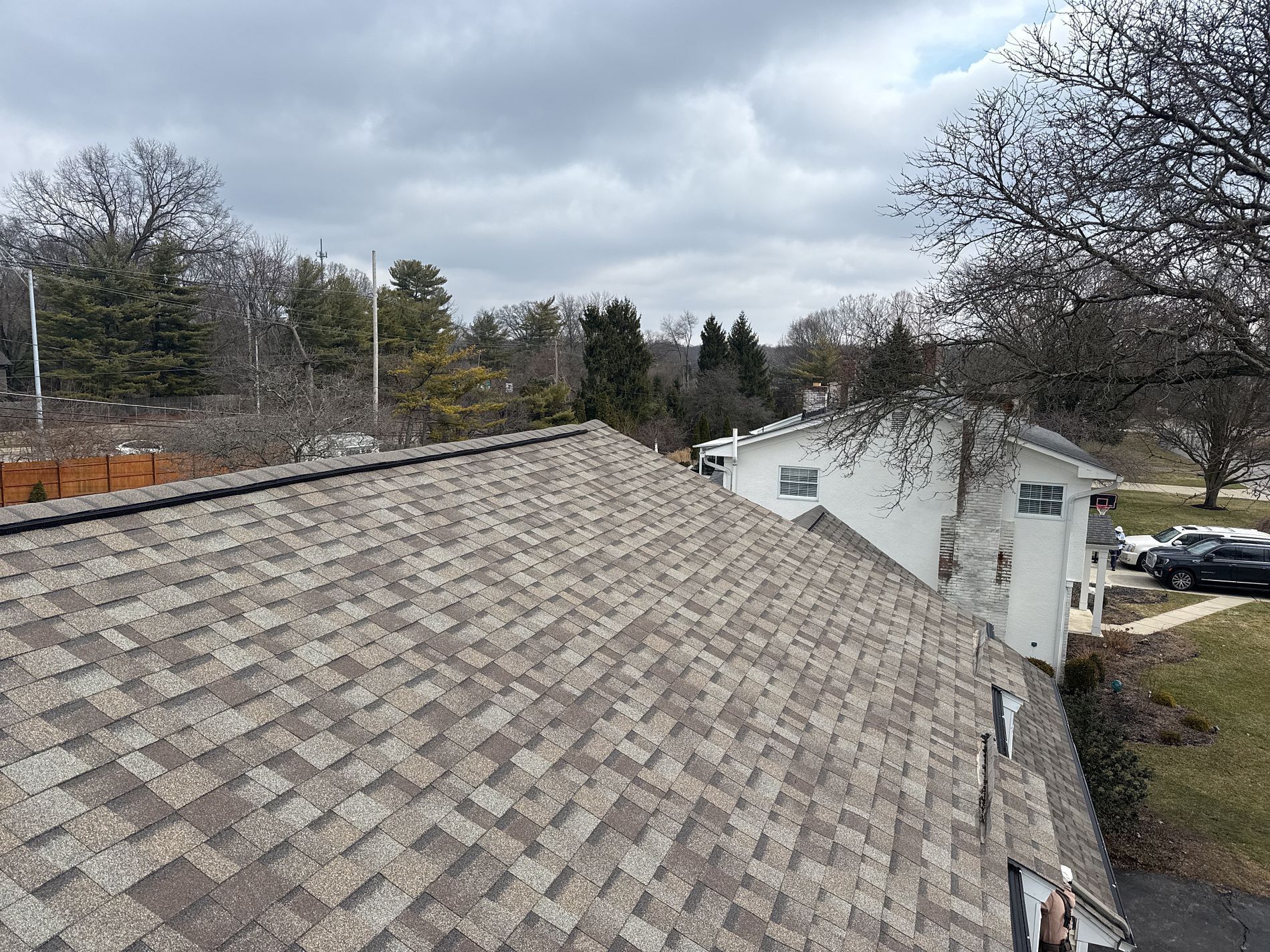What’s The Process Of Tearing Off A Roof?
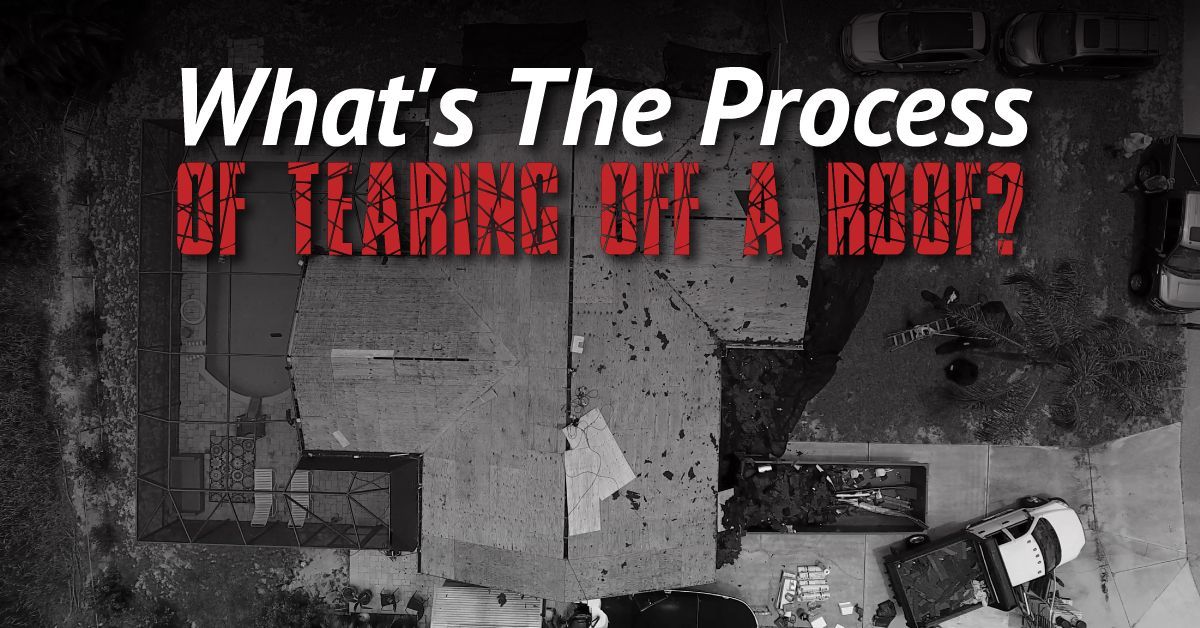
For most homeowners, a new roof is a one-time thing. Even the most economical three-tab shingle roof can easily last 20 years with proper maintenance. Architectural and designer shingles, or metal roof panels, will typically last many years longer. No roofer expects you, the homeowner, to be fully knowledgeable about getting a new roof. The new roof cannot go on, however, until the old roof is torn off. Here’s how that happens.
Layers Upon Layers
Your roof quietly sat up there, year in and year out, not calling attention to itself. But your roof is actually a complex, integrated system of layers and parts. To safely and carefully remove the old, aged roof layers, your residential roofer must know roof anatomy. Whether you have a metal roof or a fiberglass-asphalt shingle roof, some of the layers are the same.
Rafters
We start our tour of your home’s roof inside the attic, where your home’s rafters support the entire roof. Rafters are the angled wooden members; joists are beneath your feet. The two wooden members, rafters and joists, meet at your home’s eaves, the pointy tip of the roof’s bottom edge. If your rafters have suffered over the years, they must be replaced or sistered before any new roof work can begin.
Replacement is preferred; sistering means a second piece of lumber attached to the old, defective piece. Rafters can suffer from insect damage, rot, twisting, cupping, cracking, or bowing. A smooth, even roof depends upon consistent, uniform rafters.
Sheathing
On top of the rafters, you will find sheathing. This is almost always plywood in older homes, though newer homes may use oriented strand board (OSB). Sheathing supports the roofing material. Typically, a few sheets of sheathing will need to be replaced during a reroof due to rot, water damage, or mold problems.
Underlayment
Your home’s sheathing was topped with underlayment and, especially for our Iowa and Ohio neighbors, a self-adhesive water and ice shield. Underlayment can be synthetic or natural felt. It is rolled out and stapled down as additional protection against water infiltration into the sheathing. It is usually removed and replaced with fresh underlayment.
Ice and Water Shield
Your home probably had ice and water shield applied in valleys and along the bottom three feet of all eaves. It helped prevent water infiltration from freeze-and-thaw cycles. It is usually a thicker, rubber-like material that sticks and stays down. It self-heals around nail and staple holes from any materials attached to it. Removing ice and water shield takes some real muscle, but if the material is old and worn or has many holes, it will need to be peeled away and replaced.
Metal or Shingles?
At this point, your roof can diverge in two ways:
- Metal roof panels
- Shingles
If you are replacing a metal roof with another one, the metal roof was attached, using mechanical fasteners, either to wood battens or directly to the underlayment-covered sheathing. All of those fasteners must be removed by hand. The metal panels must be lowered to the ground for recycling or disposal. The roof must be readied for the new metal roof. If you are replacing a shingle roof, the ridge vent shingles, starter shingles, and field shingles must all be carefully shovel-lifted off the roof. The sturdy, toothed shovels roofers use can lift the roofing nails and shingles up in one motion.
Roofers work very carefully around sanitary stacks and roof vents since these features protrude from the roof surface. The rubber boots around sanitary stacks almost always must be replaced; a roofer will neatly slice through the old rubber before sliding a new boot over the pipe. Vents are carefully removed and set aside to be reinstalled with new shingles and flashing around them.
The shingles (or metal panels) coming off the roof must be carted away for recycling or disposal. Keeping debris off landscaping and out of your yard is a priority for roofers; nobody wants a child to fall onto a stray roofing nail. That is why conscientious roofers clean as they go, and periodically sweep the surroundings with a magnetic broom that picks up all the stray bits of discarded nails and metal roofing.
Tearing Off
The term “tearing off a roof” is a slight exaggeration since the work is done carefully. Roofers need to be physically fit and tough; the work is grueling. Yet they also have a light touch so your roof is largely preserved unscathed.
Please contact us today at Allstate Exteriors & Restoration Services LLC. Whether your home is in Iowa, Ohio, or Florida, we are here to help make your home a showpiece. We offer full service for roofing, siding, and gutters. We never leave a job until you, our loyal customers, are completely satisfied. We’ll finish the job right, no matter what it takes.
